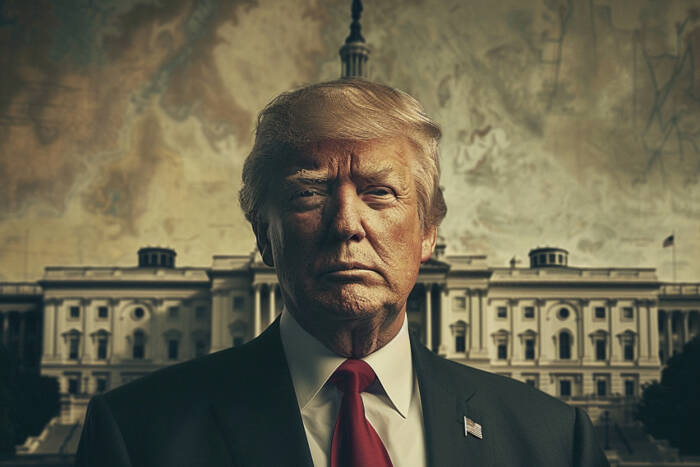#2 – US economy resilient. Second quarter GDP rebounded 0.7% quarter-on-quarter and the normally dependable GDPNow suggests positive US growth in Q3. While Scope Ratings (Scope) has reduced its 2025 growth forecast on the US to 1.8%, this is higher than growth across most advanced economies. We have raised 2026 US growth to 2.1%. Although current tariffs are much higher than in recent decades, they are not high enough to impose effective embargoes on imports or cause severe economic losses. In addition, price rises from higher trade barriers have taken longer than anticipated to meaningfully lift inflation.
#3 – Rising customs revenues are helping to trim the US budget deficit. US Treasury data point to customs duties increasing to a record USD 66bn in Q2, with a further USD 28bn collected in July. This compares with monthly averages of less than USD 7bn last year. This revenue helps trim the burgeoning US general government deficit, which Scope estimates at an elevated 5.4% of GDP this year.
#4 – Trading partners’ responses have been limited and bilateral. Despite the many threats of reprisals, only China and Canada have significantly countered US tariffs. Many other governments including the UK and those in the EU have been wary of harming multilateral trading rules and global supply chains as well as the weaker growth and higher prices from any escalation. Trading partners have responded by pledging more than USD 1trn of investment in the US to appease Trump and de-escalate, while slashing duties on US imports and facilitating market access for US goods.
Reliance on US security guarantees – and Washington’s willingness to withhold them – has compelled many countries, including in the EU, to give some ground. Trump’s preference for bilateral rather than multilateral negotiations has limited any reprisals and encouraged competition within regional clusters for preferential trading terms with the US. As long as the responses of trading partners remain bilateral rather than multilateral, a trade war favours the US.
